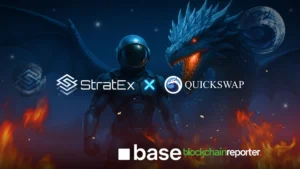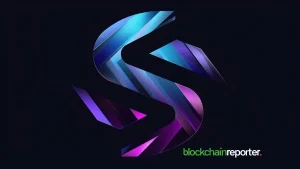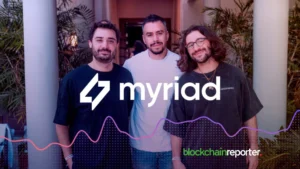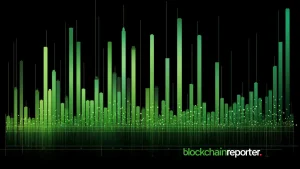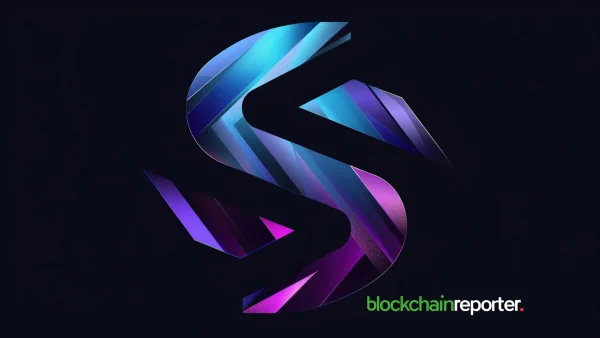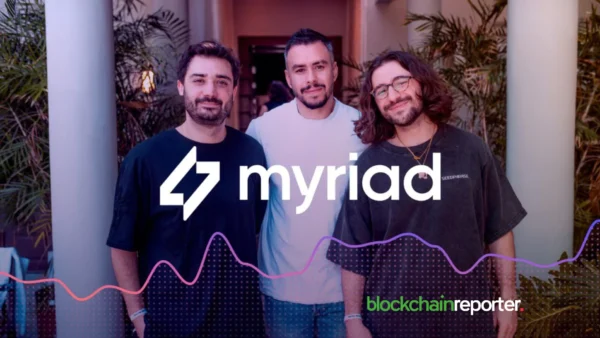
Decentralised finance (DeFi) is a monetary system based on digital data similar to those used in digital currencies. Banks and establishments lose control over currency, financial commodities, and monetary services as a result of the system. The goal of DeFi is to eliminate all third-party involvement in monetary transactions. Total Value Locked (TVL) refers to how much all digital currencies are tagged, acquired, held in a pool, or used for other monetary operations across all of DeFi. It can also refer to the total value of a collection of cryptographic forms of money used for monetary transactions, such as Ether or Bitcoin.
DeFi Currency
DeFi is meant to involve digital currency for exchanges, as stated by the Bitcoin Era. Because innovation is still in its early stages, it’s difficult to predict how, if at all, existing cryptographic forms of money will be used. The concept’s heart is stablecoin, which is digital money backed by a commodity or linked to government-issued money like the dollar.
Centralised Finance vs. Decentralised Finance
Think about this— Banks are in charge of your money, and their overall goal is to bring in cash through centralised money. Outsiders who work with money transfer between parties control substantial portions of the financial system, and each charges a fee for their services. Assume you used your Mastercard to make a purchase. The charge is forwarded from the merchant to a procuring bank, which subsequently sends the card information to Mastercard. The organisation cancels the charge and requests a payment plan from your bank.
Your bank approves the charge and sends it to the organisation, which then delivers it back to the shipper through the receiving bank. Shippers should pay for your ability to accept credit and check cards so that each link in the chain is compensated for its services. Any remaining financial transactions will be costly; advance applications may take longer to process, and you will be unable to use a bank’s services if you are out and about.
On the other hand, decentralised finance eliminates middlemen by allowing individuals, businesses, and organisations to conduct financial transactions through the use of new technologies. Shared monetary organisations that use security protocols, networks, programming, and equipment innovations are used to accomplish this. You can get loans, swap, and buy software that records and approves monetary exchanges in allotted monetary data sets from anywhere you have an internet connection. Take for example, a platform like where you don’t need to contact your bank when you transact with other users. A transmitted information base is accessible from many locations; it collects and totals data from all clients and verifies it using an agreement cycle. Decentralised finance makes use of this breakthrough to dismantle centralised finance paradigms by allowing anybody, regardless of who or where they are, to access financial services.
What Is the Process of DeFi?
Decentralised finance employs Blockchain technology, which is employed in digital forms of money. A blockchain refers to a distributed and secure data set or record. DApps are blockchain-based applications that flow through exchanges. Exchanges are stored in blocks on the blockchain and approved by various customers in this way. If each of the verifiers agrees on an exchange, the block is closed and encrypted, and a new block using data from the first block is created.
The data in each subsequent block “chains” the blocks together, hence the name “blockchain.” Because data in older blocks cannot be modified without impacting valid transactions, there is no way to adjust a blockchain. This notion provides the protected idea of a blockchain and additional security components.
Financial Products of DeFi
Peer-to-peer (P2P) monetary transfers are one of DeFi’s basic tenets. In a peer-to-peer DeFi exchange, two parties agree to swap bitcoin for labour and goods without the involvement of a third party. Consider how you obtain a unified money advance to fully comprehend this. You’d have to apply for some through your bank’s moneylender. If you’re approved, you’ll have to pay interest and administrative fees to use the services of that loan specialist.
You’d enter your advanced requirements into a Decentralised Application (dApp) in DeFi, and computation would connect you with peers who met your requirements. To get your advance after that, you’ll have to agree to one of the moneylender’s conditions. The transaction is recorded in the blockchain, and you will receive your funds once the agreement document confirms it. The moneylender can then begin collecting payments from you at the required intervals. When you use your dApp to make a payment, it goes through the same blockchain process; the money is then transferred to the bank.
DeFi and Its Future
Decentralised finance is still in the early phases of development. To begin with, it is unregulated, which means that foundation failures, hackers, and frauds continue to cause chaos in the biological system. Current regulations are based on the concept of distinct monetary jurisdictions, each with its own set of rules and regulations. DeFi’s ability to handle borderless trades presents serious concerns for this type of policy. Among the several difficulties are framework security, fuel costs, carbon footprint, framework improvements, framework support, and equipment failures.
Before DeFi may be used safely, a few concerns must be addressed and developments made. If DeFi succeeds, banks and businesses will almost certainly figure out how to get into the system, if not to control how you access your money, then at the very least to profit from it.

